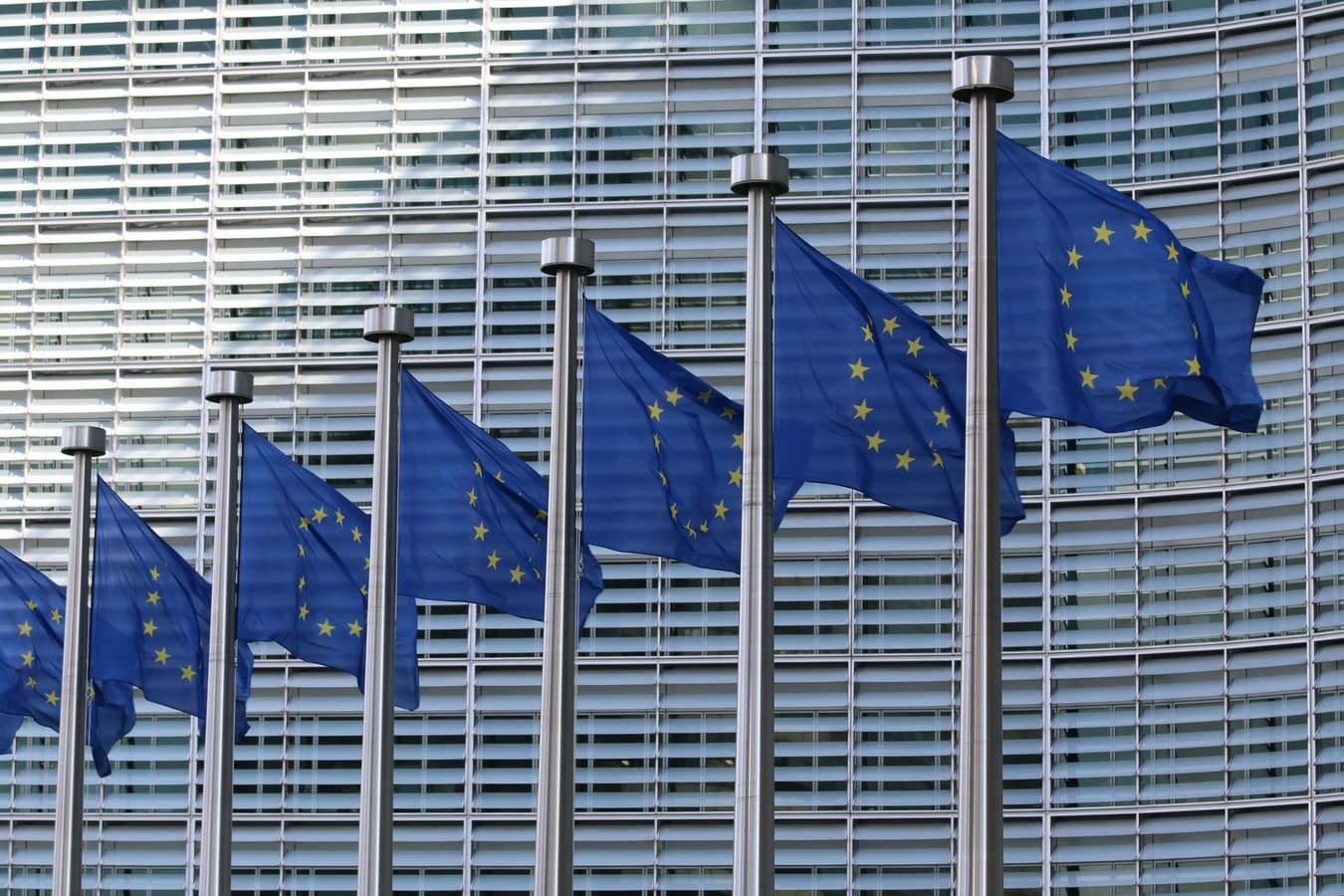June 2023: BIORIUS Information Letter 117: New draft regulation on Vitamin A, Alpha-Arbutin, Arbutin and certain substances with potential endocrine disrupting properties
A new Draft Regulation has been notified to the World Trade Organisation (WTO) on the 8th of June. This Regulation aims to modify the annexes of Regulation 1223/2009 to align with recent Scientific Committee on Consumer Safety (SCCS) opinions on following substances:
- Ban of 4-Methylbenzylidene Camphor (SCCS/1640/21)
- New restrictions Genistein, Daidzein (SCCS/1641/22), Kojic Acid (SCCS/1637/21), Arbutin, Alpha-arbutin (SCCS/1642/22), Retinol, Retinyl Palmitate and Retinyl Acetate (SCCS/1639/21)
- Updated/Additional restrictions for Triclosan and Triclocarban (SCCS/1643/22)
Respective restrictions are detailed below.
The adoption of this Regulation is expected for Q4 2023. Transition periods will be granted to allow the industry to adapt to the new requirements as below:
- For 4-Methylbenzylidene Camphor:
- 12 months for the placing compliant product on the market (Q4 2024)
- 24 months for removing non-compliant product from the market (Q4 2025)
- For Genistein, Daidzein, Kojic Acid, Alpha-Arbutin and Arbutin:
- 9 months for the placing compliant product on the market (Q3 2024)
- 18 months for removing non-compliant product from the market (Q2 2025)
- For Retinol, Retinyl Acetate and Retinyl Palmitate:
- 18 months for the placing compliant product on the market (Q2 2025)
- 36 months for removing non-compliant product from the market (Q4 2026)
- For Triclosan and Triclocarban:
- 8 months for the placing compliant product on the market (Q3 2024)
- 17 months for removing non-compliant product from the market (Q2 2025)
Respective restrictions:
Addition to annex II – forbidden substances:
| INCI name | CAS number | Future restriction | Current situation |
| 4-METHYLBENZYLIDENE CAMPHOR | 36861-47-9 / 38102-62-4 | Forbidden | Allowed as UV filter at 4% (Annex VI/18) |
Addition to Annex III – allowed substances under certain conditions:
| INCI name | CAS number | Future restriction | Current situation |
| GENISTEIN | 446-72-0 | Max. 0.007% | Not regulated |
| DAIDZEIN | 486-66-8 | Max. 0.02% | Not regulated |
| KOJIC ACID | 501-30-4 | Max. 1% in face and hand products only | Not regulated |
| ALPHA-ARBUTIN * | 84380-01-8 | Face cream max. 2% Body lotion max. 0.5% |
Not regulated |
| ARBUTIN * | 497-76-7 | Max. 7% in face cream only | Not regulated |
| RETINOL RETINYL ACETATE RETINYL PALMITATE | 11103-57-4 / 68-26-8 127-47-9 79-81-2 | – Body lotion: max. 0.05% Retinol Equivalent (RE) – Other leave-on and rinse-off products: max. 0.3% RE Obligatory labelling for any cosmetic product containing one of these ingredients: ‘Contains Vitamin A-related compounds, which contribute to your daily intake of VitaminA’. |
Not regulated |
*Hydroquinone levels shall remain as low as possible in formulations containing this ingredient and shall not be higher than the unavoidable trace level.
Modification of Annex V – allowed preservatives:
| INCI name | CAS number | Future restriction | Current situation |
| TRICLOCARBAN | 101-20-2 | Max. 0.2% in all cosmetic products with the exception of mouthwash. Purity criteria: 3,3′,4,4′- Tetrachloroazobenzene ≤ 1 ppm 3,3′,4,4′- Tetrachloroazoxybenzene ≤ 1 ppm Not to be used in toothpaste intended for children under 6 years of age. Obligatory labelling for toothpaste containing Triclocarban: ‘Not to be used for children under 6 years of age’. For uses other than preservative, see Annex III/100. |
Max. 1.5% in rinse-off products. Purity criteria: 3,3′,4,4′-Tetrachloroazobenzene ≤ 1 ppm 3,3′,4,4′-Tetrachloroazoxybenzene ≤ 1 ppm For purposes other than inhibiting the development of micro-organisms in the product. This purpose has to be apparent from the presentation of the product. For uses other than preservative, see Annex III/100 (Annex V/23) |
| TRICLOSAN | 3380-34-5 | Max. 0.03% in toothpastes; hand soaps ; body soaps/shower gels; deodorants (non-spray); face powders and blemish concealers; nail product for cleaning the fingernails and toenails before the application of artificial nail systems. Not to be used in toothpaste intended for children under 3 years of age. Obligatory labelling for toothpaste containing Triclosan: ‘Not to be used for children under 3 years of age’. |
Max. 0.03% in toothpastes; hand soaps ; body soaps/shower gels; deodorants (non-spray); face powders and blemish concealers; nail product for cleaning the fingernails and toenails before the application of artificial nail systems. Max. 0.2% in Mouthwashes (Annex V/23) |
We hope that this will be of help and stay at your disposal for any questions related to this topic. Should you have any question, please, feel free to contact your CRM (Customer Relationship Manager) or contact us directly: info@biorius.com.
Thanks to Stéphanie Annet for writing this article.
To assist us in enhancing our regulatory articles and news, we kindly encourage you to provide your thoughts by utilizing the thumbs-up/thumbs-down buttons located below the article. Your feedback will remain anonymous.


